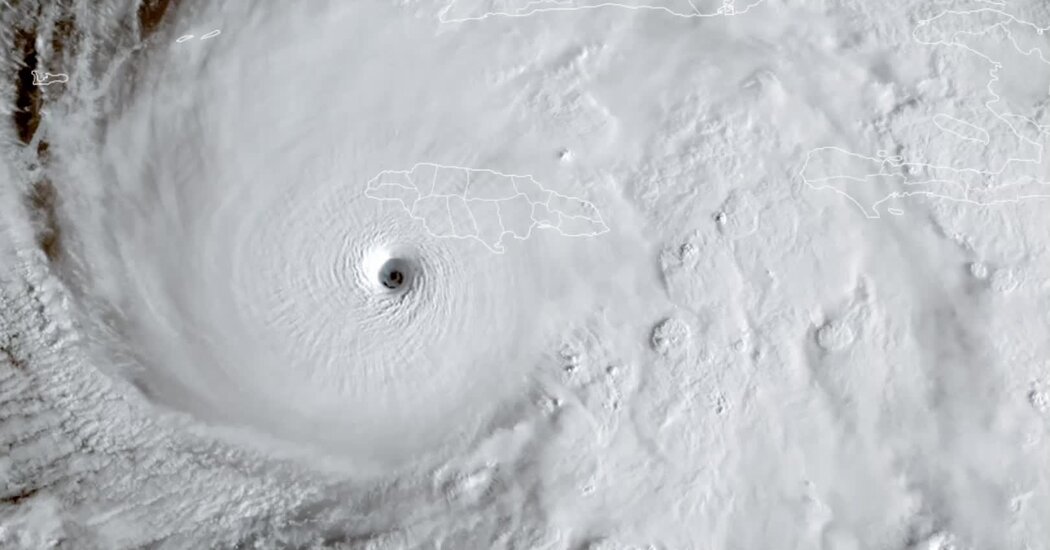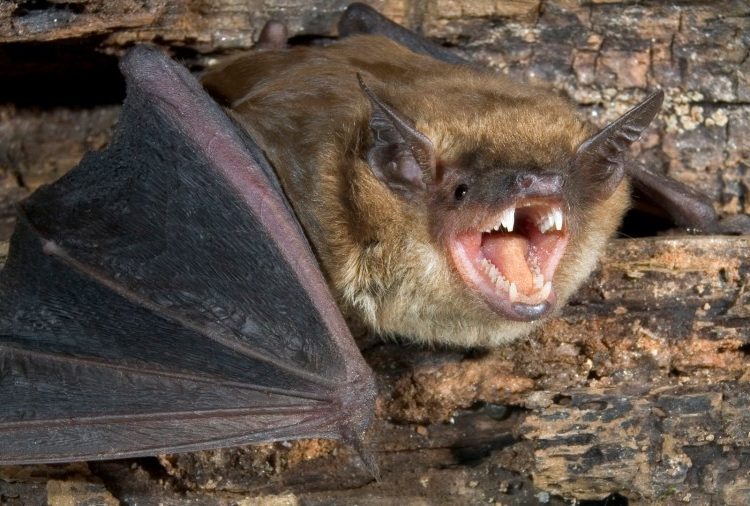From space, the eye of Hurricane Melissa, spinning in the Caribbean on Tuesday, looked like a kaleidoscope of white on blue — a deceptive, dreamlike image that belied the storm’s destructive power.
But as hurricane hunter planes made regular passes through the eye on Tuesday morning — a day after one aircraft was forced to abort its mission because of extreme turbulence — experts on board documented the storm’s relentless intensification. Melissa’s central pressure plummeted, and maximum sustained winds in the eyewall increased with every run; both are crucial measurements of a hurricane’s intensity.
Inside the eye, photographs confirmed that the eyewall, a ring around a storm’s center, was a towering structure that, to the meteorologists flying through it, resembled the stands of a vast sports stadium. Migratory birds were trapped in the deceptive stillness of the storm’s core.
It was evident to meteorologists that Melissa had cemented its place in hurricane history.
Here’s why.
Wind speed: At its peak intensity, and at landfall, Melissa’s maximum sustained winds were 185 miles per hour, stronger than any storm that has hit Jamaica before.
Melissa is only the fifth Atlantic hurricane on record to achieve sustained winds of 185 m.p.h. or greater, joining the Labor Day Hurricane of 1935, Hurricane Gilbert (1988), Hurricane Wilma (2005) and Hurricane Dorian (2019).
Only two, Dorian in 2019 and the Labor Day Hurricane in 1935, held those speeds at landfall.
Pressure: Melissa’s central air pressure, a key metric for measuring a storm’s strength, also set records. The lower the pressure, the stronger the storm.
Melissa’s dropped to a staggering 892 millibars at landfall, putting it among the top three strongest Atlantic hurricanes on record, tied with the Labor Day Hurricane of 1935 and behind only Gilbert (888 millibars) and Wilma (882 millibars). However, those two storms recorded those extreme pressures while still over open water.
Melissa made landfall in Jamaica with both 185 m.p.h. winds and the 892-millibar pressure. In the Atlantic, only one other storm has ever struck land with this exact ferocity: the unnamed Labor Day Hurricane of 1935, which tore through the Florida Keys. Nearly a century ago, that storm’s pressure reading was taken by a weather observer who climbed a tree to record it.
Landfall: Melissa is by far the strongest to ever hit Jamaica — or anywhere else in the Atlantic basin. Before Tuesday, the most powerful storm to strike the island was Hurricane Gilbert in 1988, with maximum sustained winds of 130 m.p.h. at landfall.
Over the next few months, meteorologists will review their readings and make adjustments, and issue an official assessment next spring about where this storm will rank in the record books.
Judson Jones is a meteorologist and reporter for The Times who forecasts and covers extreme weather.
The post Hurricane Melissa Is Rewriting the Record Books appeared first on New York Times.




